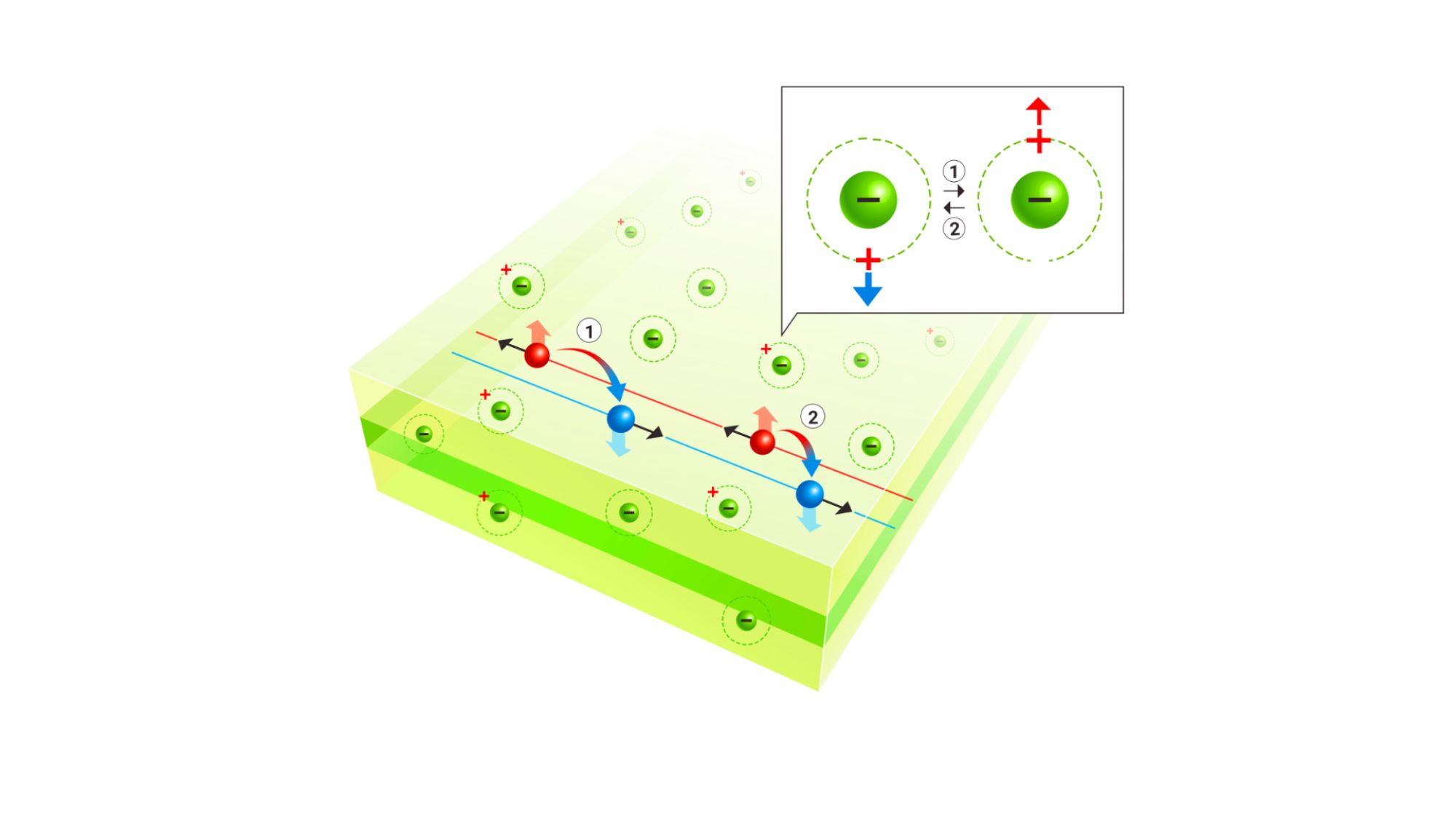Unlike in the quantum Hall effect and quantum anomalous Hall effect, the quantization precision in the quantum spin Hall effect depends on unavoidable background impurities and defects. However, doping with magnetic ions restores the quantization accuracy.
Semiconductors' sensitivity to electrostatic gating and doping accounts for their widespread use in information communication and new energy technologies. In the two companion papers, Tomasz Dietl, inspired by experimental data accumulated in Wuerzburg and Warsaw, demonstrates quantitatively and with no adjustable parameters that the presence of paramagnetic acceptor dopants elucidates a variety of hitherto puzzling properties of two-dimensional topological semiconductors at the topological phase transition and in the regime of the quantum spin Hall effect.
The concepts of resonant states, charge correlation, Coulomb gap, exchange interaction between conducting electrons and holes localized on acceptors, strong coupling limit of the Kondo effect, the Luttinger correlations, and bound magnetic polaron explain a short topological protection length, high hole mobilities compared with electron mobilities, and different temperature dependence of the spin Hall resistance in HgTe and (Hg,Mn)Te quantum wells. A new concept of precessional dephasing of a carrier spin by a dense bath of localized spins is put forward.
